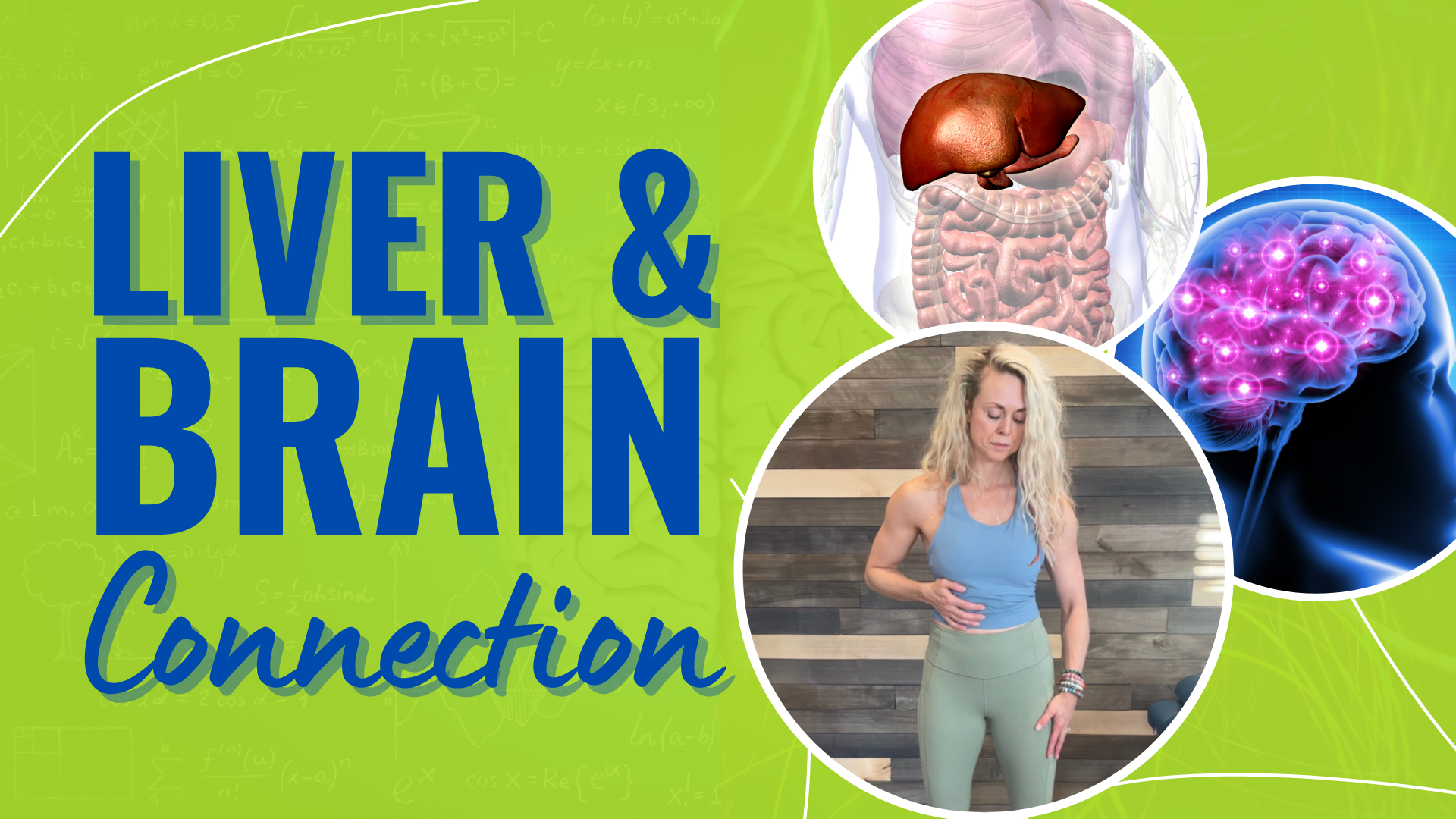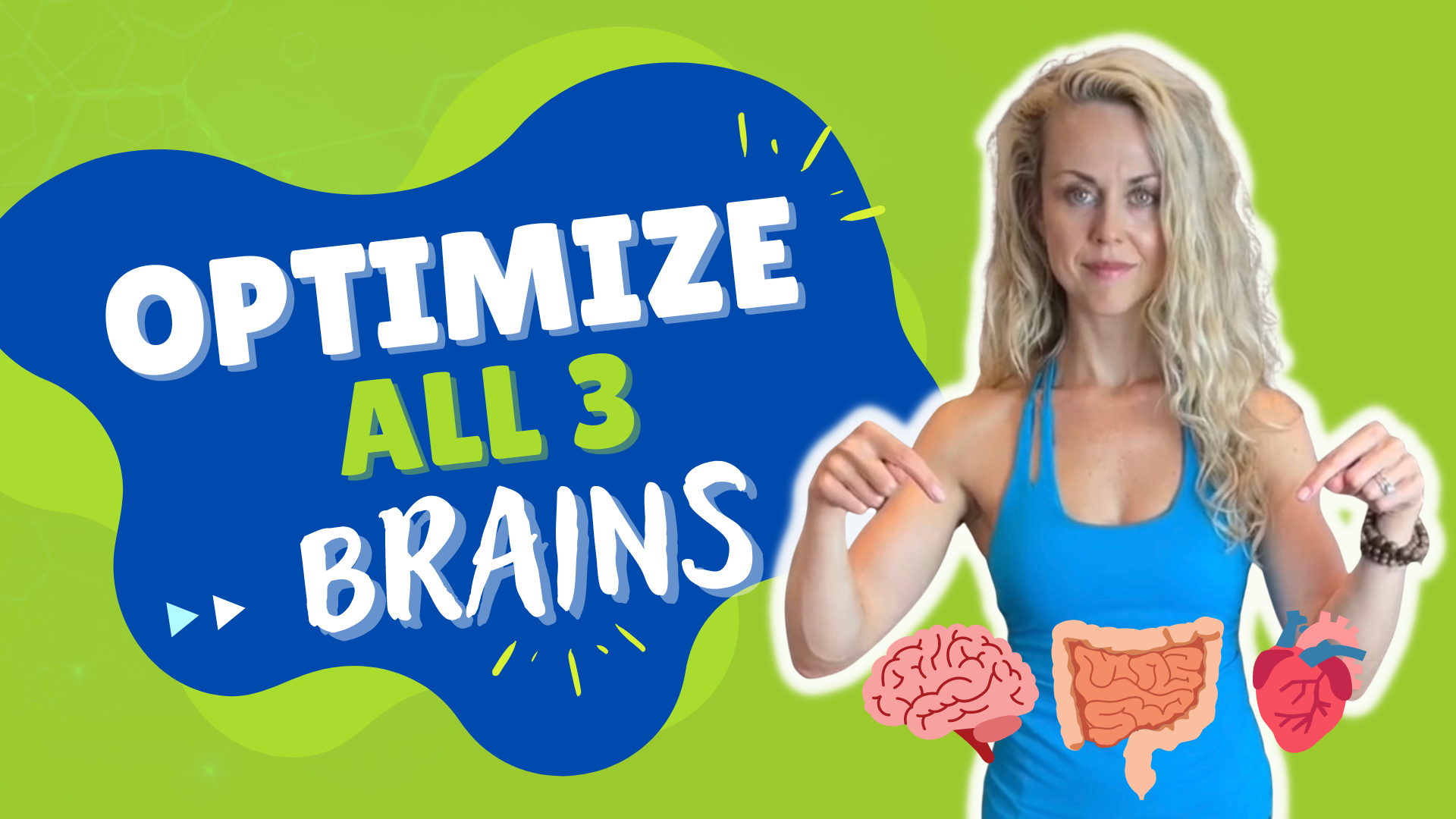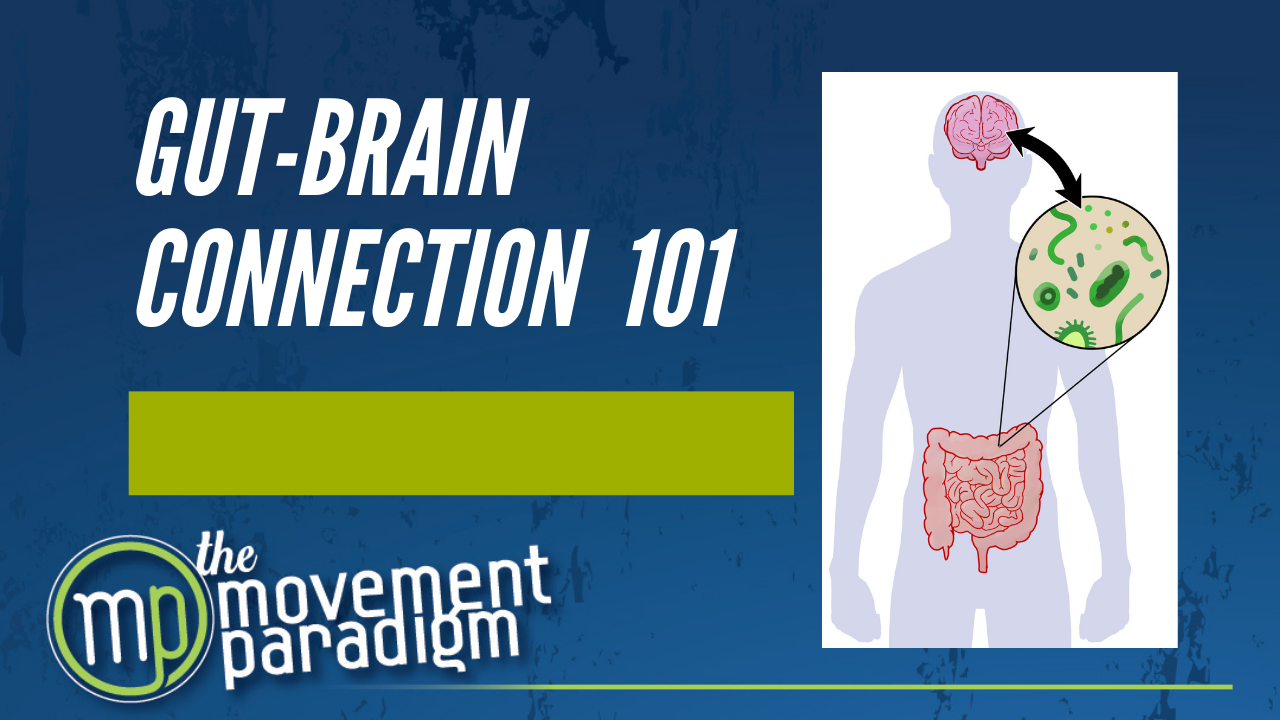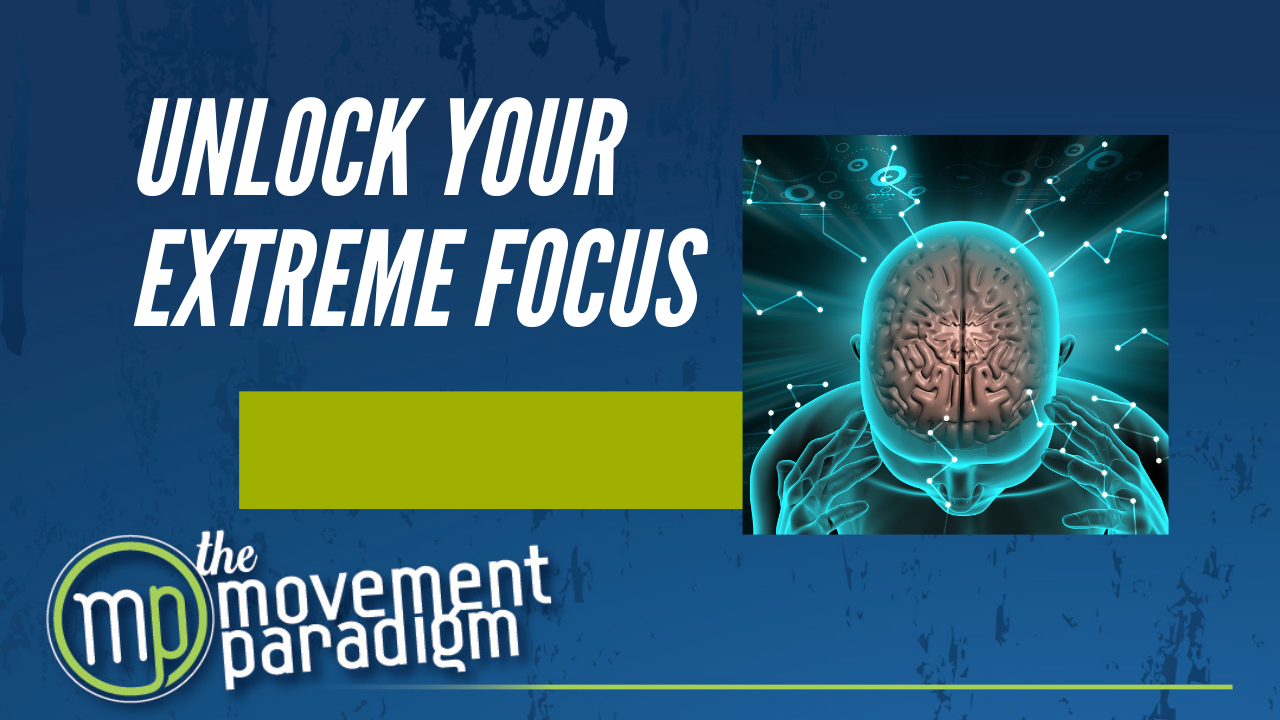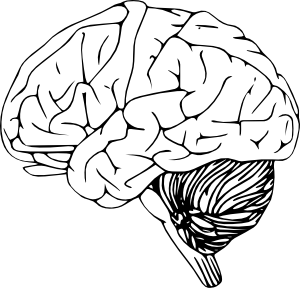Our livers can become deeply affected by stress, inflammation, toxins, alcohol, and other pollutants in the environment. Did you know there’s a deep connection to the brain?
Rather watch or listen?
What you need to know about the liver
In traditional Chinese medicine, the liver is responsible for all other organs and for moving Qi throughout the body (i.e., energy). It also stores blood and other essential bodily fluids, and it helps cleanse the blood, especially while we sleep. Even from a spiritual perspective in Traditional Chinese medicine, it is really the seat of the soul and can help provide our life purpose. So, in essence, the liver is one of our most powerful organs; It’s also one of our most powerful detoxification organs.
Unfortunately, however, in modern society, we are eating inflammatory foods, drinking alcohol, and being exposed to an exorbitant amount of toxins—internal and external toxins—and our livers can become deeply affected. This has a direct connection to the central nervous system, which is also connected via the autonomic nervous system, i.e., a vagus nerve.
The connection between the liver and the brain
The vagus nerve innervates the liver via the hepatic branch, and what’s interesting is that 80% of the information from the vagus nerve is going TO the brain. So that means that what we are doing to our livers, putting in our body, and how hard we’re making our livers work can cause stress on this amazing detoxification organ. In turn, that can influence our brain, especially as it relates to neuroinflammation.
We want to appreciate this deep connection between the liver and the brain because the brain can also affect the liver. The vagus nerve sends 20% of information from the brain to the liver. Because of that, we also want to respect that our thought, beliefs, and emotions can influence our liver health.
Whether we’re looking at this from a Traditional Chinese medicine or Western medicine standpoint, we really want to appreciate this deep connection and recognize that what we eat and the stresses that we put on our body will affect the relationship between the liver and the brain.
If you’d like to reach out to us for an appointment, please do that as well. Schedule your appointment here: https://p.bttr.to/3MvopdB.
Make sure to subscribe to our YouTube channel, The Movement Paradigm, for weekly tips on mindset, nutrition, and movement.
Other things that might interest you:

